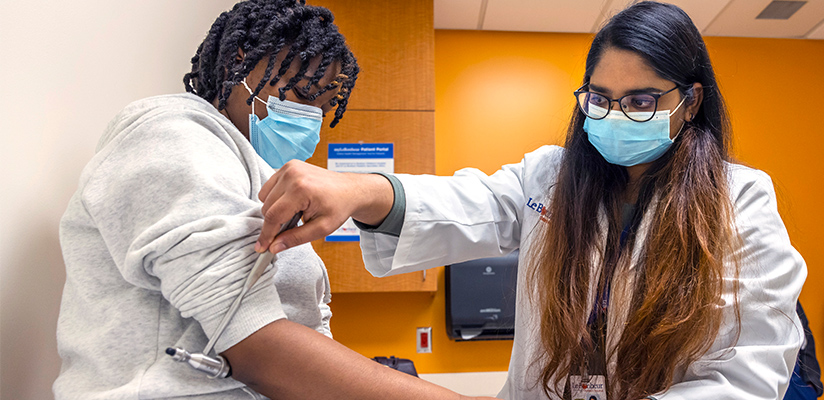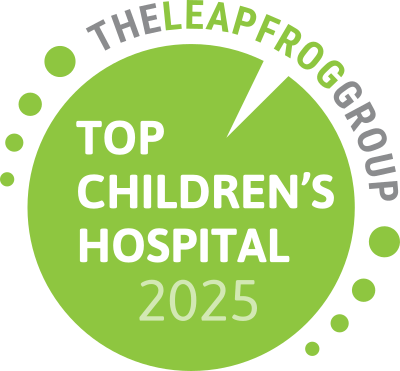Study: Trigeminal autonomic cephalalgias
All five headache disorders comprising trigeminal autonomic cephalalgias (TAC) can begin early in life and exhibit many of the same symptoms as TACs in adults, according to a study published in Cephalalgia by Director of Le Bonheur’s Comprehensive Headache Center Ankita Ghosh, MD. Literature on TACs in pediatric populations has been very limited and little is known about these headaches in children.
TACs include cluster headache, paroxysmal hemicrania, short-lasting unilateral neuralgiform headache attacks with conjunctival injection and tearing (SUNCT), short-lasting unilateral neuralgiform headache attacks with cranial autonomic symptoms (SUNA) and hemicrania continua. Lack of study into these headache disorders in children means that many can experience a delay in diagnosis or a misdiagnosis of their headache disorder.
“Cluster headache, the most common TAC, typically has a delay in diagnosis of several years because of atypical headache features and lack of awareness of cluster headache in younger patients,” said Ghosh. “The objectives of our review and meta-analysis were to report on the full age ranges of pediatric TACs and determine if kids and adults with TACs display similar symptoms.”

In the meta-analysis, Ghosh and colleagues identified 86 studies for systematic review with patients from 24 countries and five continents. Results showed that every type of TAC can begin early in life. The youngest age of diagnosis for each TAC in this review was 1 year old for cluster headache and SUNA, 2 years old for paroxysmal hemicrania and SUNCT and 6 years old for hemicrania continua.
In this review, cluster headache was the pediatric TAC with the most available data. Cluster headaches were shown to be present in every pediatric age (1-18 years) and met the full criteria for cluster headaches established for adults in the ICHD-3 (International Classification of Headache Disorders). The most common differences between adult and pediatric symptoms were frequency and location of attacks. Cluster headache diagnosis was delayed or misdiagnosed as migraine in pediatric patients because children had fewer
cranial autonomic features and instances of restlessness but similar rates of migraine symptoms.
The other types of TACs reviewed in this meta-analysis met most but not all ICHD-3 criteria, and very few studies examined these headache disorders in children. Further study is needed to understand the differences between adult and pediatric onset for these headache disorders.
Help us provide the best care for kids.
Le Bonheur Children's Hospital depends on the generosity of friends like you to help us serve 250,000 children each year, regardless of their family’s ability to pay. Every gift helps us improve the lives of children.
Donate Now








